SECI Sets Record in Renewable Energy Trading, Surpasses ₹100 Billion
Solar Energy Corporation of India (SECI), a central government-owned company, has reported its highest-ever renewable power trading revenue of more than ₹100 billion (~$1.22 billion) in the financial year (FY) 2022-23.
The company is involved in various government programs that traded over 35 billion units of renewable energy in the fiscal year ending March 31. This was a significant increase of 59% from the previous year’s power trading volume.
SECI’s main source of income is the ₹0.07 (~0.00085)/kWh trading fees it charges on electricity sold to mostly state-owned distribution companies (DISCOMs). As an intermediary procurer, the company signs back-to-back power purchase agreements with developers and DISCOMs.
The agency is likely to be the intermediary procurer for the government’s proposed price pooling mechanism for solar power.
Under this proposal, SECI would also be able to sell any surplus power to open access consumers at a price that is at least equal to the uniform renewable energy tariff.
This could indicate SECI’s entry into the commercial and industrial (C&I) segment, as the agency could act as both intermediary and implementing agency for central pooling.
The Ministry of Power amended the Electricity Rules to implement a uniform renewable energy tariff for the central pool of projects connected to interstate transmission systems.
The uniform renewable energy tariff and SECI’s involvement are expected to boost the wind sector, improve transmission infrastructure, and facilitate the development of more renewable energy ISTS projects.
SECI’s Entry into C&I Segment Could Benefit Consumers, But Private Developers Worry About Market Share
SECI has vast resources that could offer lower tariffs and easier access to round-the-clock RTC power to consumers in the C&I domain, but private developers fear that their market opportunities will reduce.
Ajay Kumar Sinha, Additional General Manager of SECI, said that SECI had discussions with large businesses to understand the C&I market during a panel discussion at Mercom India’s C&I Clean Energy Meet in Ahmedabad.
Suggested Articles

India’s Renewable Energy Revolution: The Role of Agrivoltaics
Agrivoltaics, the integration of solar panels with agricultural land, is emerging as a key driver in India’s renewable energy revolution. This blog explains how agrivoltaics supports sustainable farming, increases land efficiency, and contributes to clean energy production, helping India meet its solar energy targets while boosting rural economies.
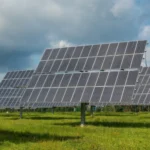
Agrovoltaics Innovation: Boosting Solar Energy While Supporting Farming
Explore agrovoltaics innovation: how combining solar energy with farming boosts efficiency, supports agriculture, and maximizes land use.
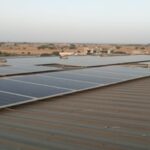
Solar Purchase Obligation (SPO) to go up to 8%…
According to provisions of the Electricity Act 2003, the State Electricity…
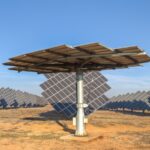
6 Innovative Applications of Solar Energy You Should Know About
Explore six cutting-edge ways solar energy is transforming our world, from powering homes and businesses to driving sustainable technology innovations.
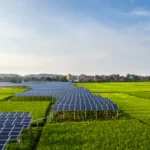
AVANCIS Pushes CIGS Thin-Film Solar Modules Beyond 20% Efficiency
AVANCIS achieves a breakthrough in solar technology, pushing CIGS thin-film modules beyond 20% efficiency for higher performance and energy output.
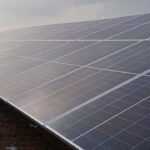
Sir! Solar Mein Itna Chalta Hai!” When to Reject a Site: The Truth About Shadow Analysis
Discover the importance of solar site assessment and shadow analysis to optimize rooftop solar performance, prevent shading losses, and maximize energy generation.
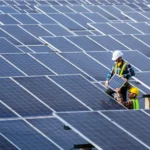
Renewable Energy Hits New Heights: 440 GW Capacity in 2023
Learn how global renewable energy capacity is set to surpass 440 GW in 2023, marking record growth and a major shift toward clean, sustainable power.
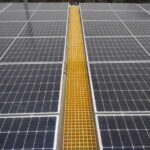
Is Your Solar PV Rooftop System Safe & Protected?
Worried about the safety of your solar rooftop system? Explore key tips, maintenance practices, and protection strategies to keep your Solar PV system secure and efficient
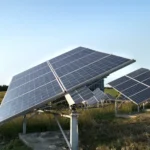
Latest Solar Mounting Structures: Transforming Solar Installations in 2025
Learn how the latest solar mounting structures in 2025 improve efficiency, reduce costs, and power the future of solar installations.
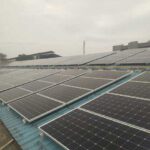
Delhi charges one of the highest tariffs for commercial load and industrial – average over Rs 10.00 per kWh
Delhi imposes some of the highest electricity tariffs for commercial and industrial consumers, averaging over ₹10 per kWh, impacting businesses and operating costs